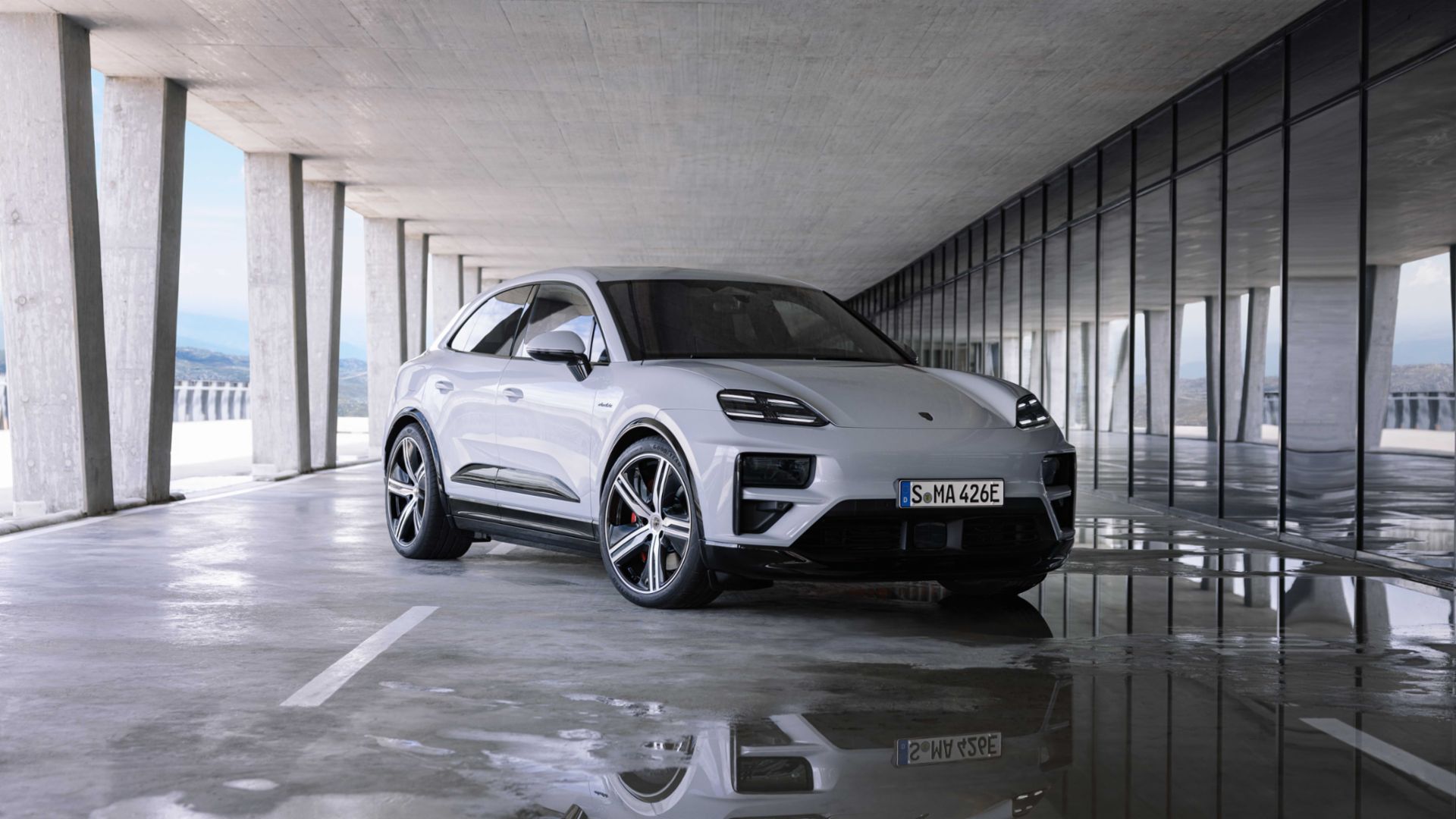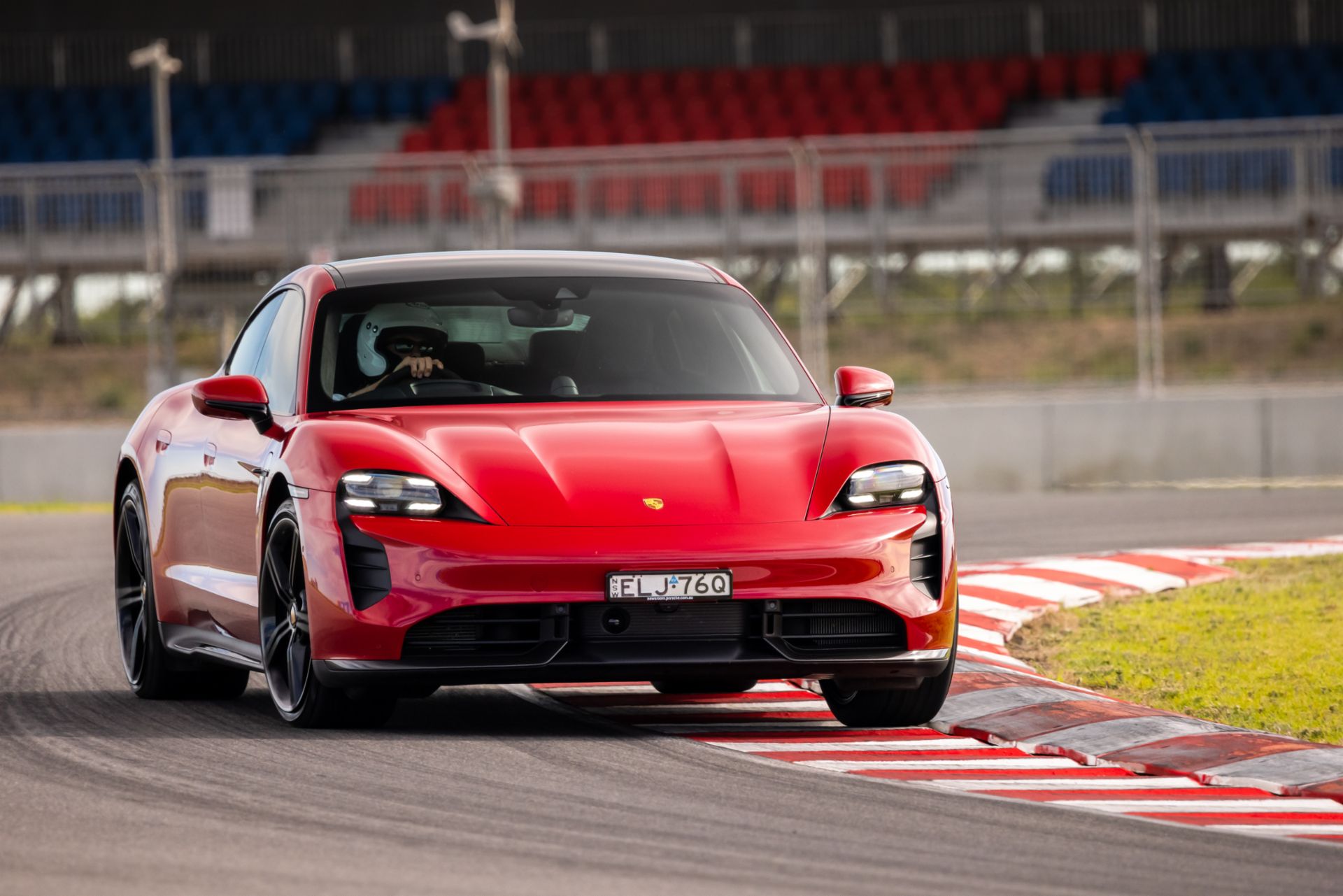
The Porsche family has designed vehicles since the 19th century, the company itself has been around since the 1930s, and plenty of highly desirable vehicles have had Porsche’s iconic badge fixed to the front of them since the 1940s.
It’s the company that arguably defined the European roadster. It invented a new style of car in the Targa when it thought the U.S. was about to ban convertibles. In recent years it has also branched out considerably, and now produces popular SUVs and sedans alongside the two-door sports coupes it is most closely associated with. Here we’ll take a brief look at most of Porsche’s lineup past and present, so those of you thinking of buying one will have a better idea of what to look for.
It’s not a truly comprehensive guide, there are entire books devoted to just one of Porsche’s vehicle types, but it is a starting point. All of the vehicles listed are road legal production Porsche models too. Special editions, and track cars, live down an entirely different rabbit hole.
911

When it comes to Porsches, there’s only one place to start. The 911 is the company’s flagship vehicle. 911s themselves are pretty diverse, and a 60-year legacy will certainly do that. A “Carrera” is the base model, though adding an S or a GTS will help things go up a notch or two. Then there are the “Turbo” versions, and if you’re looking for something more track-focused, the GT3s. Beyond the trim, there’s the body type. If it says “Spyder” or “Cabriolet,” then it’s a convertible. A Targa is basically a convertible with a more solid bit at the back. Generations are often signified by numbers (that aren’t 911). So a 912, 930, 964, 993, 996, 997 and so on are all 911s — just from different years. The semi-exception is the 912e, which is a 911 with a VW engine and inhabits a weird grey area as a result.
There’s a bit of a duality going on here. Some 911s, like the 911 GT1 Strassenversion (basically a street-legal version of one of Porsche race cars) is amongst the most expensive vehicles ever sold. It went for over $5.5 million. At the other end of the spectrum, the still controversial 996 is one of the more affordable Porsches, and a way to get the German manufacturer’s most famous vehicle for as little as $20,000.
Boxster

The Boxter made its debut around the same time as the Porsche 996, with both vehicles having a lot in common. They share some parts, they’re both derided to some degree by snobbier Porsche owners, and both vehicles arguably dragged Porsche back from the brink.
Politics aside, the Boxster is a simple concept. It’s a bit bare-bones and not as flashy as the more prestigious vehicles in Porsche’s lineup. But it’s a somewhat affordable coupe built by the legendary German automaker. If you buy one, 911 owners may bully you for not having a “proper Porsche,” but that won’t change the fact that you actually own a proper Porsche.
Cayman

The Porsche Cayman fills the gap between a Boxster and a 911. It’s more powerful and stripped down than the entry-level Boxster but lacks the luxury touches and power of the company’s flagship coupe. Or at least it’s supposed to.
Some enthusiasts will argue certain Caymans are a better option than the 911s of their generation. Not just in terms of value, but also in terms of performance. If you don’t quite have 911 money, but want the Porsche experience, few will tell you buying a Cayman is a bad move.
928

For many, Porsche’s long association with air-cooled, rear-engined, sports coupes is so strong that anything else sporting a Porsche badge just seems a bit off. But in 1977 the company unveiled a front-engined, water-cooled, grand tourer that was seriously considered as a potential flagship vehicle for the iconic brand.
In the end, the 928 did not oust the 911, but it still enjoys cult status among many Porsche aficionados. That all-aluminum V8 in the front may not be the most European engine configuration, but the performance and handling of the vehicle more than overshadowed that. It also made its debut at the height of the late 70s energy crisis, when everything else was being toned down a touch. Add in the added comfort that comes with a grand tourer, and you have an odd touch of practicality to go alongside everything else.
If the standard 928 wasn’t enough, a more powerful 928S variant hit the market in 1980. This was followed by the even more powerful 928 S4, with a 928 GT cropping up in 1989, and a GTS variant following it in the early 90s.
718

The original Porsche 718 is a racing model and is something you’re unlikely to add to your collection, even if you have plenty of spare cash. The roadgoing 718 is actually the Porsche 982, and includes the fourth-generation Boxster and third-generation Cayman.
Both of these vehicles are in the “entry-level” category when it comes to Porsche, though there is an argument that the Cayman is mid-range.
924

The Boxster wasn’t the first “affordable” Porsche. That was the 912e. But the idea really took off with the Porsche 924, a stripped-down sports coupe that the company produced between 1976 and 1988.
Despite being “the cheap one” during its production window, the 924 has developed a cult following in the Porsche community, and one in good condition can be pretty collectible. It also has flip-up headlights, and what’s not to like there?
944

The Porsche 944 is another “entry-level” model from the German manufacturer. It was built to replace the 924 and take things up to the next level at the same time. Produced between 1982 and 1991, it was closer to a flagship model in terms of performance and is generally seen as one of the more desirable classic Porsches on the market.
If you want a classic Porsche but don’t fancy getting a 911, this may well be your best choice. There was also a turbo version, but turbochargers and the systems around them weren’t exactly great in the 1980s. The 930 was well known for its turbo lag, but it isn’t a problem the 944 escaped either.
968

The Porsche 968 didn’t really break any new ground. Instead, it was an early follow on from the 944, updating Porsche’s front-engined entry-level offering for the early 1990s. It also served to bridge the gap between the line that started back in the mid-1970s with the 924, and the Porsche Boxster.
While the 968 represented good value at the time — it was the cheapest way to get something “new” with a Porsche badge on the front, it’s a pretty questionable buy these days. At the time of writing, mid-90s examples are averaging around $30,000 on the second-hand market — and you have far better options in that price bracket. This includes the Porsche Boxster, which is averaging around $5,000 less. You may even snag a 996 for around that price if you’re vigilant enough, and then you can join the “I have a 911” club — albeit at the lowest tier.
356

The first car to bear the Porsche name, and the pre-cursor to the 911, was the Porsche 356. The Porsche family were designing cars long before the 356 hit the road — but those vehicles either tended to be racing models or were to be built by other companies.
Porsche’s 356, along with its A, B, and C variants, was in production from 1948 all the way through to 1965. These days it’s a highly sought after collector’s car, and you’re unlikely to see a cheap one on the market. Still, if you do get your hands on one, it’s an important piece of automotive history that could take almost any collection to the next level. It’s also a great looking car.
Panamera

The Panamera is Porsche’s sports saloon. So it has four doors, comfortably seats five, and features a highly luxurious interior. It also comes with the kind of performance you would expect from a Porsche, even if it’s a bit bigger than usual and the engine is in the front.
It made its debut back in 2009 and is another example of Porsche basically doing everything now instead of limiting itself to sports coupes. With a starting price of $99,900, it’s definitely on the higher end of the luxury sedan market. It’s direct competitors are theoretically Audi e‑tron GT, and the Maserati Ghibli, with the like’s of Audi’s A8, BMW’s 7-Series, and Mercedes’ S Class being larger vehicles.
Macan

The Macan is one of Porsche’s recent success stories. It’s the company’s second best selling car in North America, behind the 911. When you consider how the compact and sporty SUV combines practicality and driving experience it’s easy to see why.
There are several varieties of Macan available, including a turbo and GTS version. There’s also a Macan EV on the way, with deliveries expected to begin in the second half of 2024. Porsche’s compact SUV has been around for a decade or so at the time of writing, and a used model is currently one of the more affordable Porsche’s on the market.
Cayenne

The Porsche Cayenne was a bit of a gamble. It was the company’s first modern foray away from sports cars, and it could have gone drastically wrong. However, the mid-sized SUV proved popular and opened up a whole new market for Porsche.
Beyond business, the Cayenne’s offroading credentials are surprisingly good, with victories in several notable races such as the Rally Transsyberia. It’s also remarkably practical, which is why it remains one of Porsche’s best selling vehicles.
Taycan

The Porsche Taycan is an all-electric grand tourer, so expect four doors and outstanding performance from Porsche’s first all-electric sports car. A Taycan 4S can go from 0 to 60, while the Taycan Turbo hits that mark in less than three seconds. What’s more, the mammoth and instantaneous torque available can make a big difference on a track.
A new Taycan starts at $99,400, but for that money, you’ll get one of the best cars on the road at the moment. Yes, Tesla may have it beat from 0-60 on paper. But Porsches don’t come with panel gaps, and the Germans do a very nice interior.



